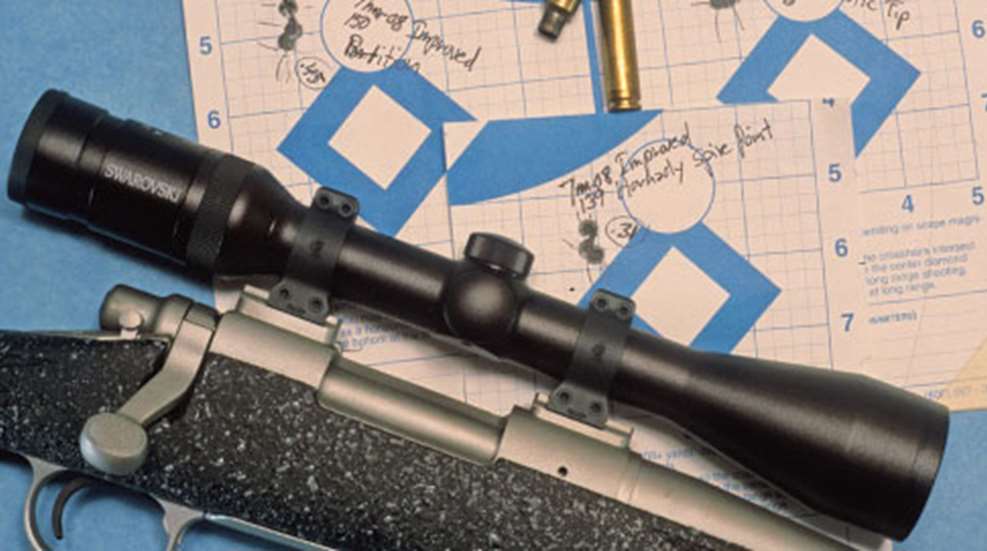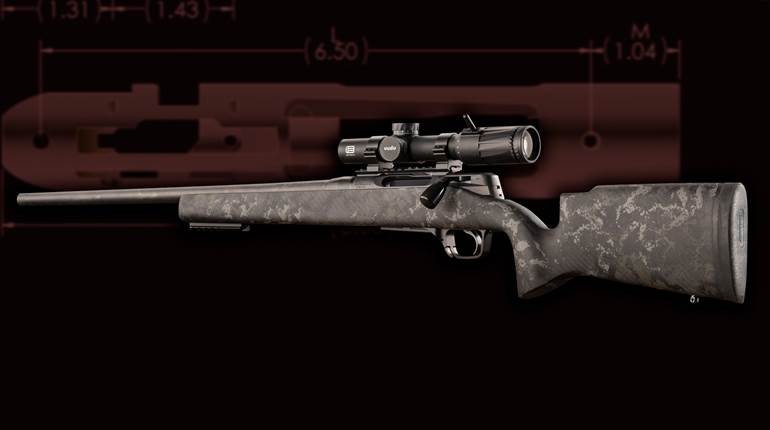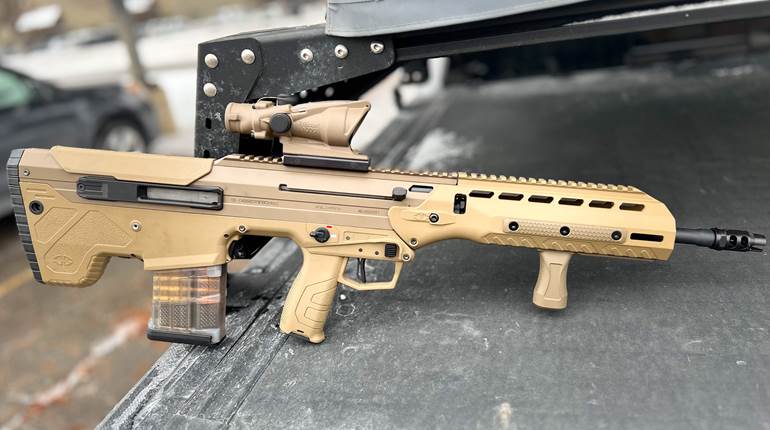
Many obsessive riflemen “know” a lot of things about the insides of their barrels. They know they must break-in barrels and that any bore only slightly smudged by the passage of bullets will shoot less accurately compared with a barrel as clean as Aunt Josie’s kitchen floor.
First, let’s examine “proper” barrel break-in. According to just about everybody, this is accomplished by firing one shot, cleaning the barrel of all powder and copper fouling, firing another shot, cleaning, etc. Advice on how long to continue this tedious routine varies from 10 to 30 rounds. The procedure supposedly smooths the bore, making it much more accurate and less prone to jacket fouling. Some even claim that a barrel that isn’t broken-in “properly” will be ruined forever, unable to produce the half-inch groups necessary for the slaying of white-tailed deer.
I’ve asked many shooters how they know this to be true. The usual answer is that everybody knows a barrel must be broken-in, because so many people know how. Thus the answer becomes circular: If it isn’t necessary to break-in a barrel, why are there instructions on doing it? This resembles a dog chasing his own tail.
Most rifle barrels do tend to become more accurate after some use. This was common knowledge even when I started obsessing over rifles in the 1960s, but back then we cleaned them only between range sessions. Often accuracy improved, usually about the time we got a handload worked up. Was this because the barrel was getting broken-in, or because we found the magic handload? Probably a little of both, because used bores usually did clean easier.
Sometime between the 1960s and the ’90s, however, many shooters became convinced they had to break-in barrels before working up handloads. Today some even spend a Saturday at the range breaking-in their new alphabet magnum, never whanging out a three-shot group before the task is “properly” accomplished.
Oddly, the shooters most obsessive about break-in tend to shoot top-grade, hand-lapped custom barrels. These barrels are remarkably smooth already, unlike many factory barrels. So why do they need breaking-in?
Well, one part of a custom barrel isn’t hand-lapped: the lands in the chamber throat. These often have small machining marks left by the reamer. David Tubb, the renowned high-power shooter, suggests that if a solid-pilot reamer is used (typical in factory barrels), each land in the throat also tends to have a slight “curl” of steel along one side. I’ve seen this through my bore scope—but I haven’t seen this curl in any chamber cut with the floating-pilot reamers normally used by custom “accuracy” gunsmiths.
Tubb suggests the remedy is a few rounds of his Final Finish abrasive-coated bullets. This makes more sense than interminable cleaning. Shortly after acquiring a bore scope, I used the same basic technique (with a “bore-lapping” kit) to smooth out the reamer-marked throat in a new Remington Model 700 in .223 Rem. Half a dozen shots did the trick, and the rifle turned out to be the most accurate factory rifle I’ve ever owned. When new it regularly grouped five shots of a top handload into 0.25 inches or so at 100 yards....






































